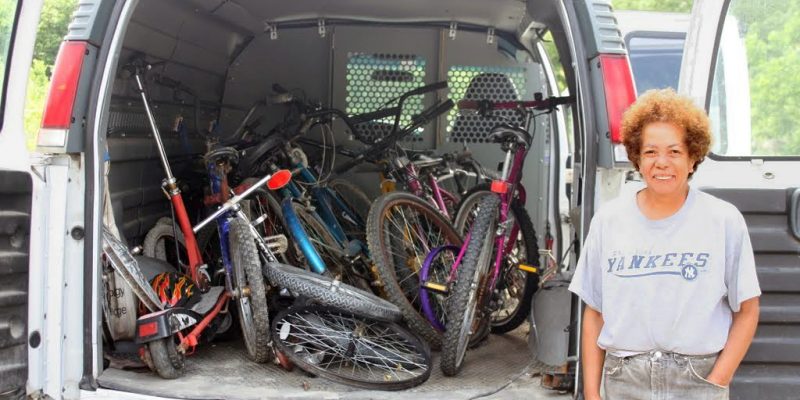
Long before the transfer station, long before the landfill, Gardiner, like many communities at the time, had a dump. It was similar to the dump I went to with my grandfather in Otisville, NY, which was located at the top of a hill. We threw our garbage over the embankment.
One of the first things I did when my wife and I bought our house here on the mountain, even before officially moving in, was visit Gardiner’s dump. The house was built in the 40’s and was showing it’s age by 1976. As a requirement to closing, the bank,wanted the shingles on the roof replaced. The owners, who were living elsewhere, agreed to pay for the shingles if I did the work. With a couple of friends, the deed was done and as it was getting dark, we loaded all the shingles that we had stripped off onto my old pickup truck and left it there to be transported to the dump the following day.
As I pulled into the driveway the next morning, the realization that there were more shingles in the truck than there should have been was brought home by the fact that the frame of the truck was resting on the rear axle, with the leaf springs wearing a frown. Unloading some of the shingles to lighten the load was not an option to be considered. With 4-way flashers on and directions in hand, I gingerly navigated the seven or so miles to the Gardiner dump, only to find my way barred by a gate suitably secured with a nice big lock and chain. Yep, the dump was closed that day. Now this was no Alice’s Restaurant scene, but as I looked at my truck, then at the lock and chain, then back at my truck, I knew I wouldn’t be taking that load back up the mountain.
The ever present tool box came out (how else do you get home when you drive an old truck) and after carefully unbolting the top board of the gate, I slipped off the lock and chain. After entering the dump, I backed up to the embankment, made my deposit, and exited. As I was re-securing the gate, I noted the schedule, to insure there was not a repeat performance.
But that was yesterday and this is today. We don’t have a dump, or a landfill. We have a transfer station, and it just so happens to be a new (less then a year old) transfer station, sporting features that reduce operating costs to the town and add protection to the environment.
Since the town pays for removal of the trash and recyclables by the ton, keeping everything dry (the transfer station now has a roof) is a cost savings, because wet trash obviously weighs more. What isn’t obvious is that the town also avoids having to perform the “storm water mitigation” associated with open dumpsters. This process involves treating the water that leaches through the garbage and drains onto the ground after it rains. As you may have suspected, the storm water mitigation process isn’t free, so not having to do it, again, saves money. And the environment.
I do have one lament about the new transfer station, although it does have a silver lining. The lament is that there is no longer a metal pile to check out and “pick” through, something I, along with many others, enjoyed. All metal now goes into dumpsters, and, well, climbing through the dumpsters is something they really don’t want you to do.
The silver lining is that, with the support of the town supervisor and Merry McCall, the transfer station supervisor, bicycles and bicycles parts are avoiding the crusher. Merry is collecting the bicycles before they go into the dumpster and storing them in a shed next to the office at the the transfer station for re-”cycling”. Merry started collecting them in May, and early in June I delivered the first load to the Troy Bicycle Rescue in Troy, NY.
While taking the bicycles out of the waste stream makes a lot of sense in environmental and practical terms, it does reduce what Gardiner collects in scrap value. An adult bike weighs about 30 pounds, so with scrap metal going at about a nickel a pound, each bike is worth about a $1.50. The intent is to recycle bicycles without it costing the town anything, so a donation of $30 was made, more than covering the scrap value of the first load that went to the bike rescue in Troy (about 13 bikes of various sizes and miscellaneous bike parts). You can help re-”cycle” the bikes by giving Merry an extra ticket and telling her it’s “for the bikes.” Each extra ticket will allow two bikes to live on.
Troy Bike Rescue is just one organization that works to rehabilitate bikes, and I know there are many others. If you know of another and are in a position to help coordinate getting bicycles to that organization, please call or email me. 255-5822 or koenig.richard@gmail.com.
